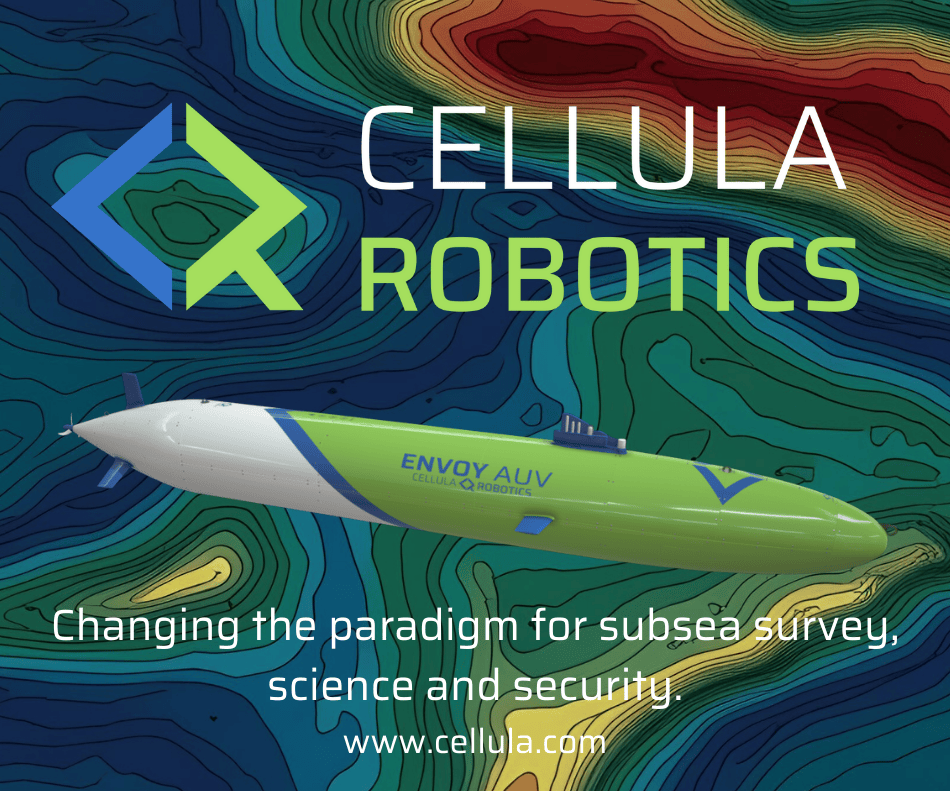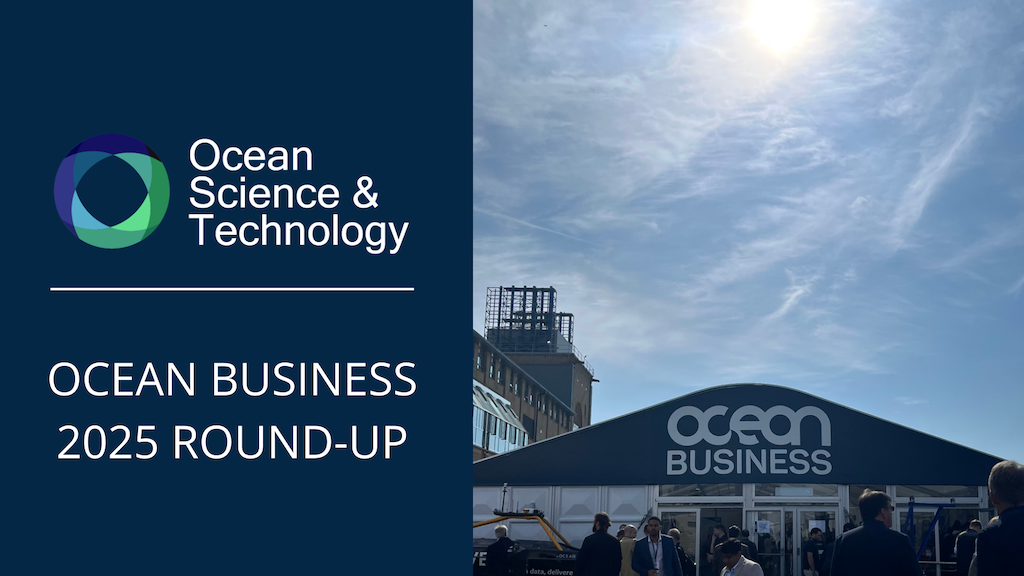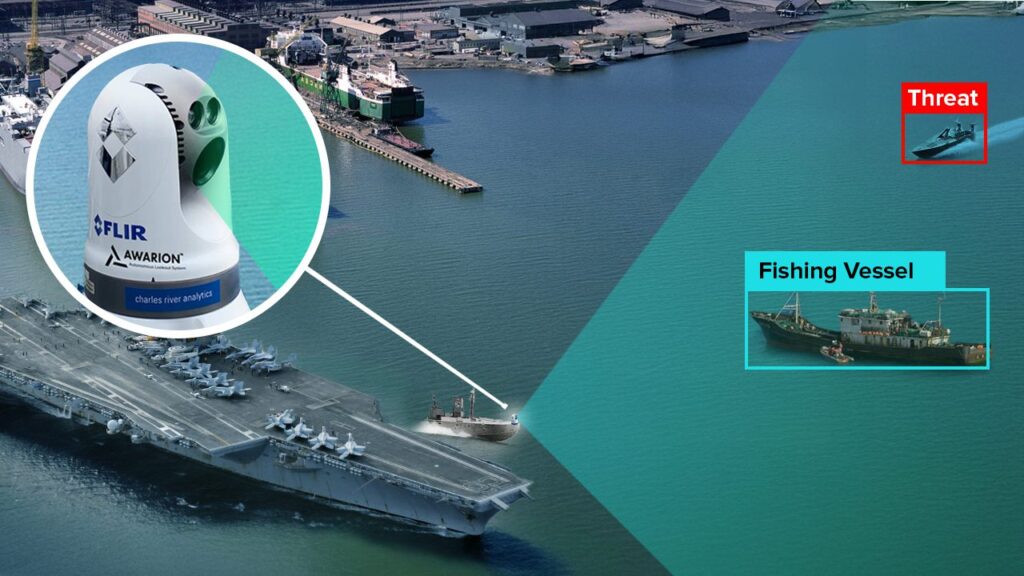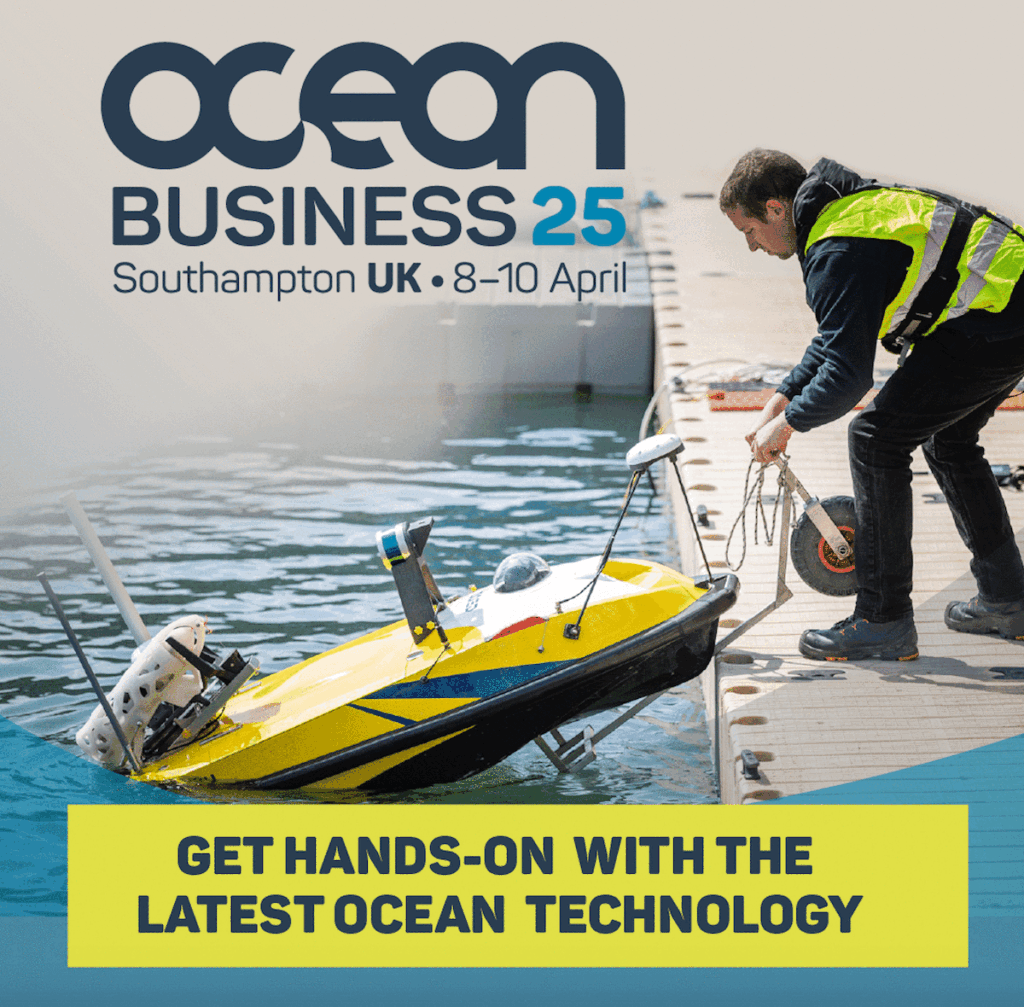Oceanographic & Environmental Monitoring
Discover cutting-edge solutions from 16 leading global suppliers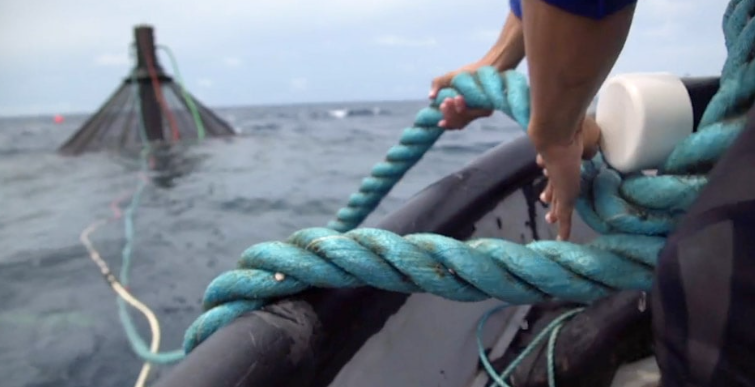
Offshore aquaculture is a rapidly growing sector, but its definition remains unclear. Innovasea examines how offshore aquaculture is classified, why clear definitions matter, and how they can shape the industry’s future.
As the industry continues to expand, offshore aquaculture has emerged as a crucial and growing sector. While different regions worldwide are embracing this practice, their approaches vary based on environmental factors.
For instance, the Caribbean faces hurricanes annually, necessitating farms designed to withstand strong waves and currents. Meanwhile, some salmon producers in Norway have chosen locations closer to shore with calmer conditions. However, as these nearshore locations become more competitive, new farms are beginning to move into deeper waters.
Regardless of the driving factor pushing farmers further from shore and into high-energy environments, a key question persists: What does “offshore” actually mean?
An Ambiguous Meaning
It is not surprising that offshore aquaculture holds different meanings for different stakeholders. The United Nations Convention on the Law of the Sea (UNCLOS) references the term “offshore” without defining it. Similarly, several legal documents, including the U.S. National Offshore Aquaculture Act of 2005, mention the phrase without offering a clear definition. Academic literature sometimes provides definitions, but only in the context of specific analyses rather than as an industry-wide standard.
Adding to the confusion, many industry players use “open ocean aquaculture” and “offshore aquaculture” interchangeably. These terms have increasingly become marketing buzzwords, with companies using them to highlight fish or seafood from pristine environments.
In light of this ambiguity, the need for standard definitions has become clear. Establishing precise terminology will facilitate more productive discussions and serve as a foundation for policy decisions and best practices within the industry.
Defining Offshore, Open Ocean, and Exposed Aquaculture
The ICES Working Group for Open Ocean Aquaculture (WGOOA) has distinguished between “offshore” and “open ocean” as related but distinct environments, and has put forth definitions for each. Additionally, they have proposed the term “exposed aquaculture” to describe rough ocean conditions at some farm sites.
These definitions focus on two key challenges: geographical distance from shore and exposure to high energy conditions, such as large waves and strong currents. While these factors are often correlated, farther offshore typically means rougher conditions, they do not always go hand in hand.
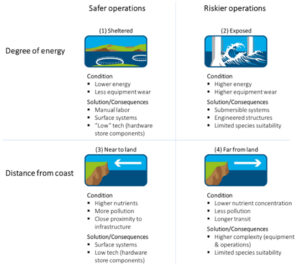
Image Credit: Bela Buck.
There are numerous examples of farms close to shore that experience strong waves, as well as farms far offshore that operate in relatively calm waters. Below is an example from the WGOOA’s special issue in Frontiers in Aquaculture:
- Farmer A operates a nearshore site exposed to significant wave heights of up to 6 meters (m). To withstand these conditions, their farm invests heavily in robust design and engineering.
- Farmer B runs a farm located farther from the coast but in shallower, sheltered waters with lower wave heights. This farmer prioritizes logistics, operational efficiency, and accessibility to manage the challenges of a remote site.
Both farms are considered part of “offshore aquaculture,” despite their different operating conditions.
WGOOA’s Proposed Definitions
Offshore Aquaculture
WGOOA defines offshore aquaculture based on its geographical distance from shore. A farm is considered “offshore” if it is located at least 3 nautical miles from land – roughly the distance something must be from shore to be obstructed from view.
Exposed Aquaculture
Defining “exposed” conditions is more complex. To address this, a set of indices has been developed. Lojek et al. (2024) propose six indices that measure various aspects of ocean energy. Among these, the Specific Energy Exposure index (SEE) is recommended as the primary metric for evaluating farm sites. By standardizing this measurement, stakeholders can communicate effectively using a shared language.
For example, an SEE value of 3 provides a clearer picture of farm conditions than generic wave height data, which can be misleading. Describing a farm as experiencing “4m waves” lacks precision – does this refer to the 50-year return wave, the highest observed wave, the average significant wave height, or a typical forecasted number? Additionally, it does not account for wave period or current velocity. Using SEE allows for a more comprehensive classification, making it possible for a farm to be both offshore and exposed.
Open Ocean Aquaculture
WGOOA recommends retaining “open ocean aquaculture” as a general term for informal or marketing purposes when specific classification is unnecessary.
Advancing the Conversation
Standardizing these definitions within the industry will help establish offshore aquaculture as a clearly defined sector and create a framework for distinguishing between offshore and exposed farms. By classifying farms appropriately, their environmental and financial performance can be analyzed and compared to other sectors, providing a clearer picture of associated risks and benefits.
This approach mirrors the classification evolution seen in land-based aquaculture, where farms are now categorized by system type (e.g., flow-through vs. recirculating aquaculture systems), climate (e.g., tropical vs. temperate), and water source (e.g., freshwater vs. marine). These classifications have led to better equipment, expertise, and operational guidance for improved farm performance.
For further insights, refer to the full special issue published in Frontiers in Aquaculture.
Expertise for Your Situation
Whether planning a new offshore or exposed aquaculture farm or optimizing an existing one, Innovasea can provide valuable guidance. Support is available across all aspects of farm development, from site and species selection to economic analysis, ensuring long-term sustainability and profitability in offshore aquaculture.


